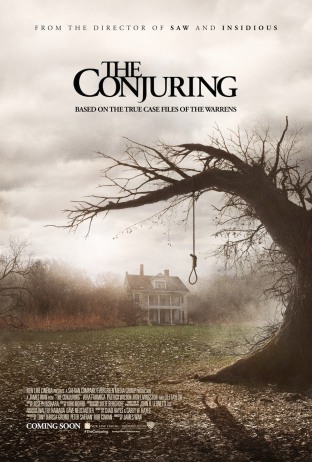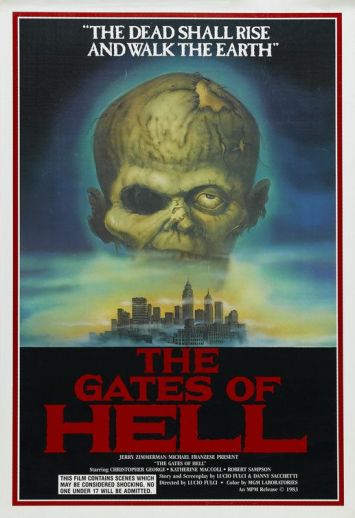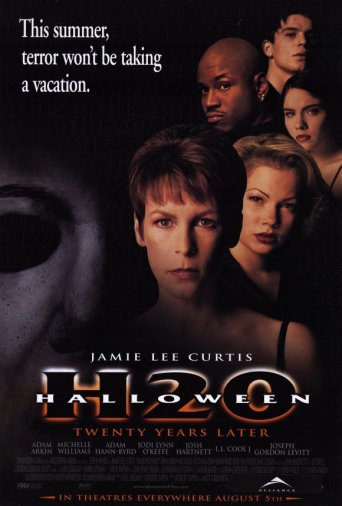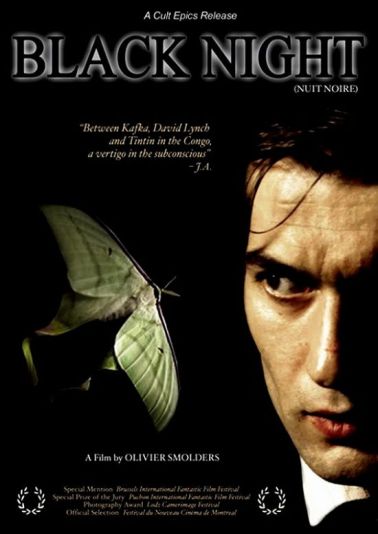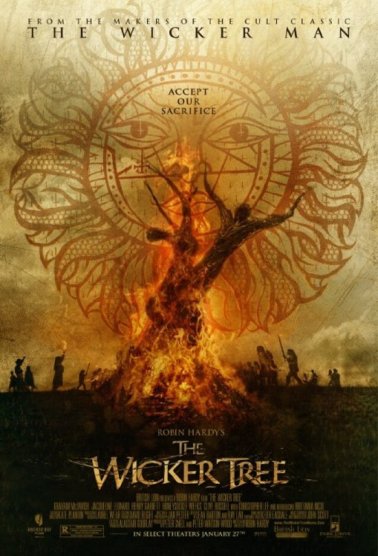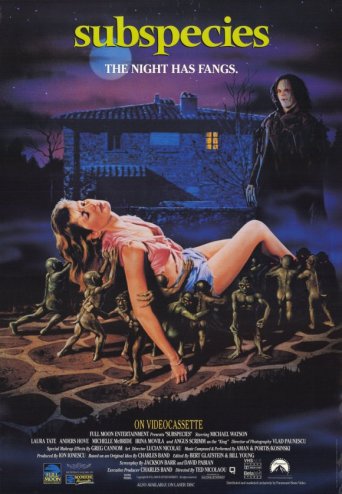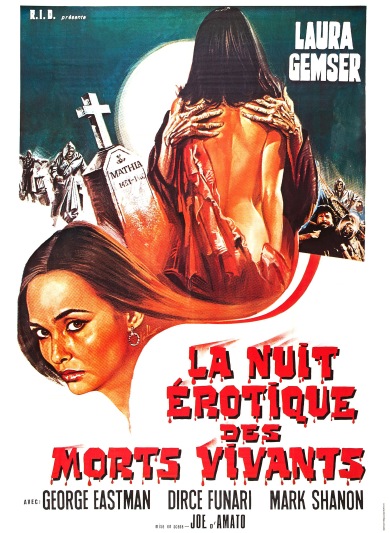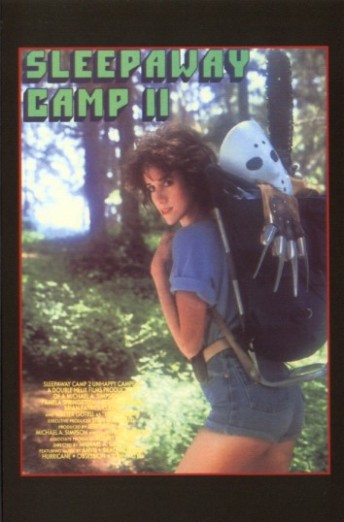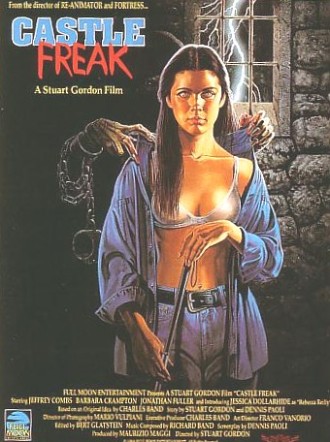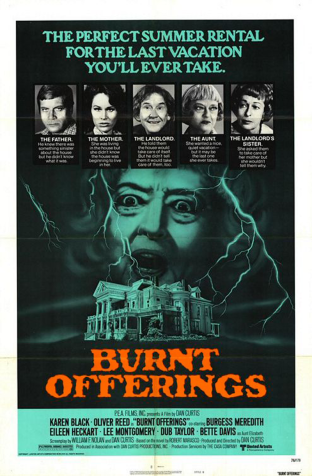The Conjuring
Have you ever wondered what The Exorcist may have been like if it sucked? Look no further than the latest hyped horror hit The Conjuring which, despite reading numerous raving reviews for, seems to be yet another dud in the annals of modern horror. I managed to crawl out of my hole to see this one in a theater packed with folks who I don’t think have ever seen a horror film before and, nearly two hours later (yes, The Conjuring is like 111 minutes long), I left unimpressed and feeling like I wasted mine and my girlfriend’s time. I am not going to spend a lot of time on this one but I mention The Exorcist because The Conjuring more or less rips off the aforementioned film’s, well, just about everything, heh. You have a house and a demon that resides within said house who eventually resides in a female medium who doesn’t like Jesus Christ and a couple of firm believers and a happy family to come along and save the day. Okay, so it’s not exactly The Exorcist but you get the point; the characterization in The Exorcist wasn’t based on caricatures of one-dimensional characters and the depth of the film’s power and atmosphere mesmerize to this day while The Conjuring is so by-the-numbers you would have thought it was made for television. The holy couple who happen to also be a very serious ghostbusting couple are so over-the-top with their Christianity that it becomes nauseating to hear the “God brought us together” line numerous times throughout The Conjuring’s duration. The movie’s pacing is also worth noting because what we have here is a nearly two-hour horror film (usually a bad idea) that feels as if it’s four hours because every scene builds to a point where the scare is so ineffective just due to the fact you’ve waited two minutes for it to be over with instead of waiting with bated, tight breath. The Conjuring’s redeeming factors? Not a bucketload of swearing and CGI (there’s some, however) and an okay atmosphere for a haunted house flick (by today’s standards anyway but you’d be much better off with something like The Changeling). The Conjuring’s spectacular factors? None! Hmm, I think that is about all I have to say about The Conjuring, another very disappointing effort from post-2000 horror that will hopefully be forgotten as quickly as it came into being. Avoid.
